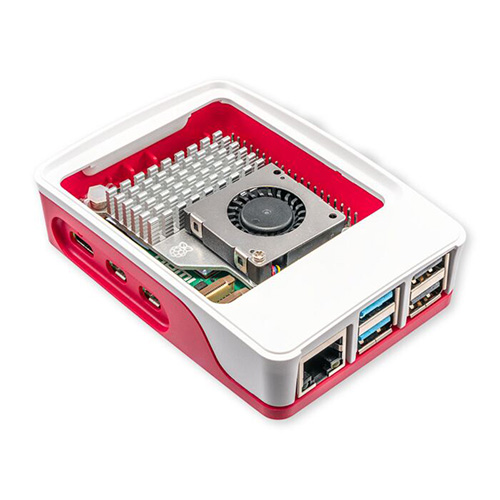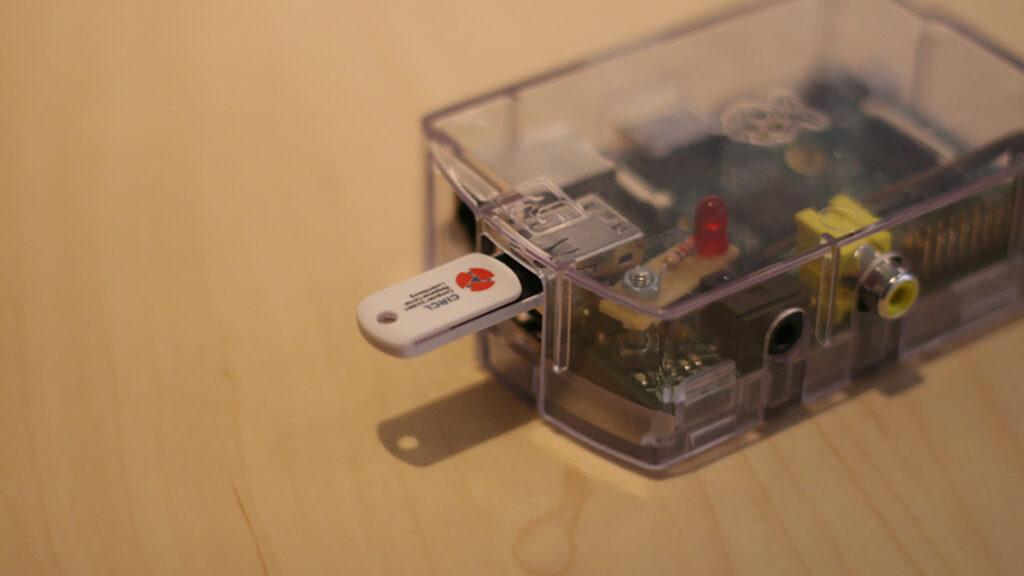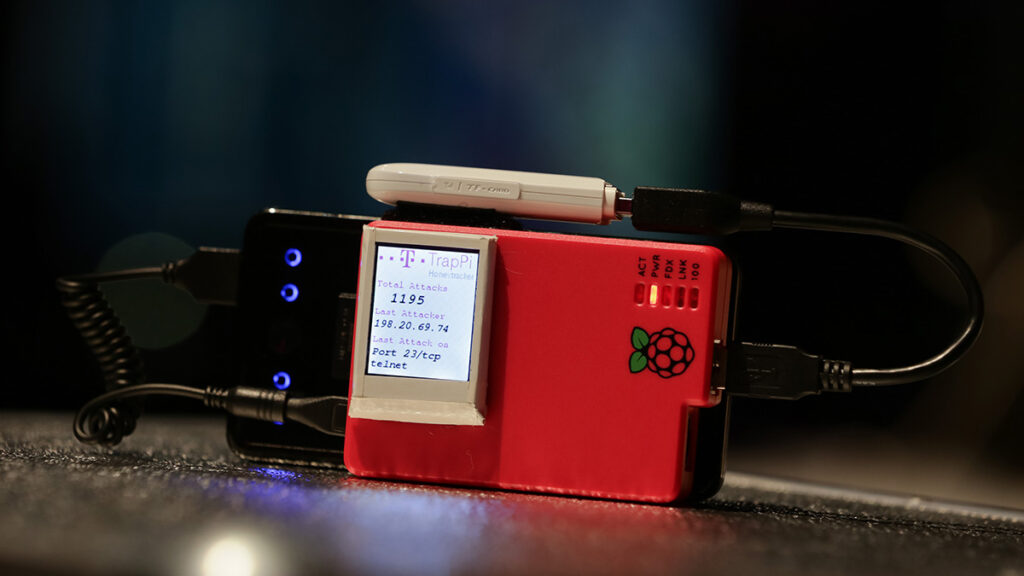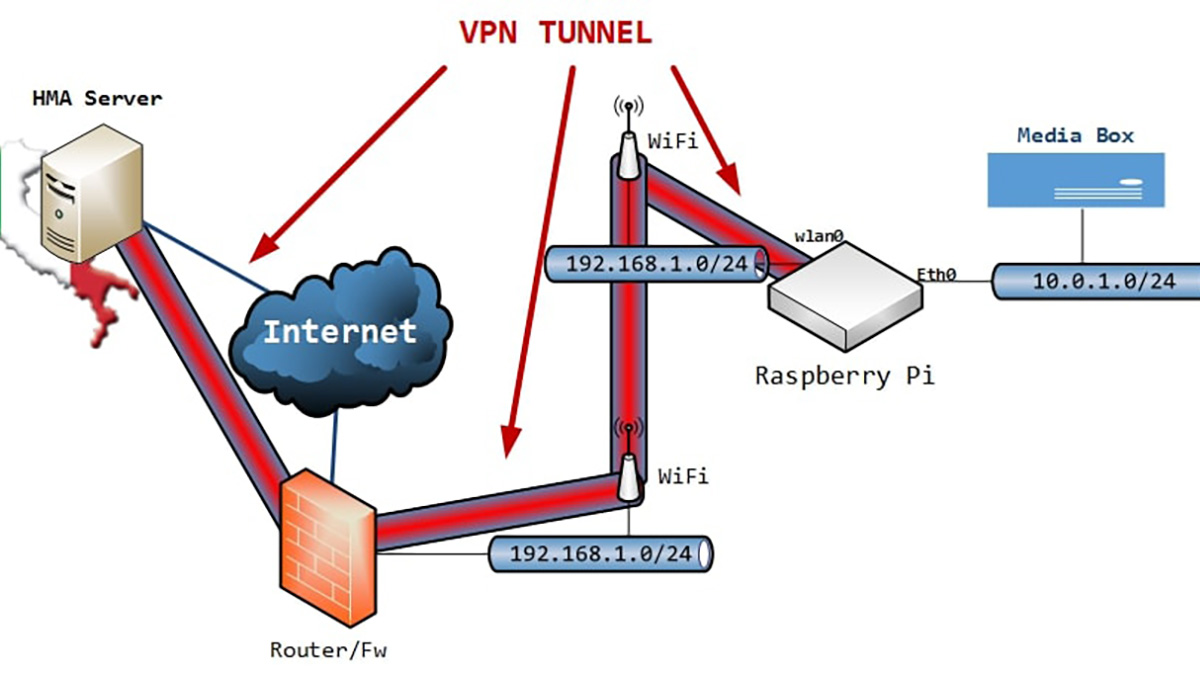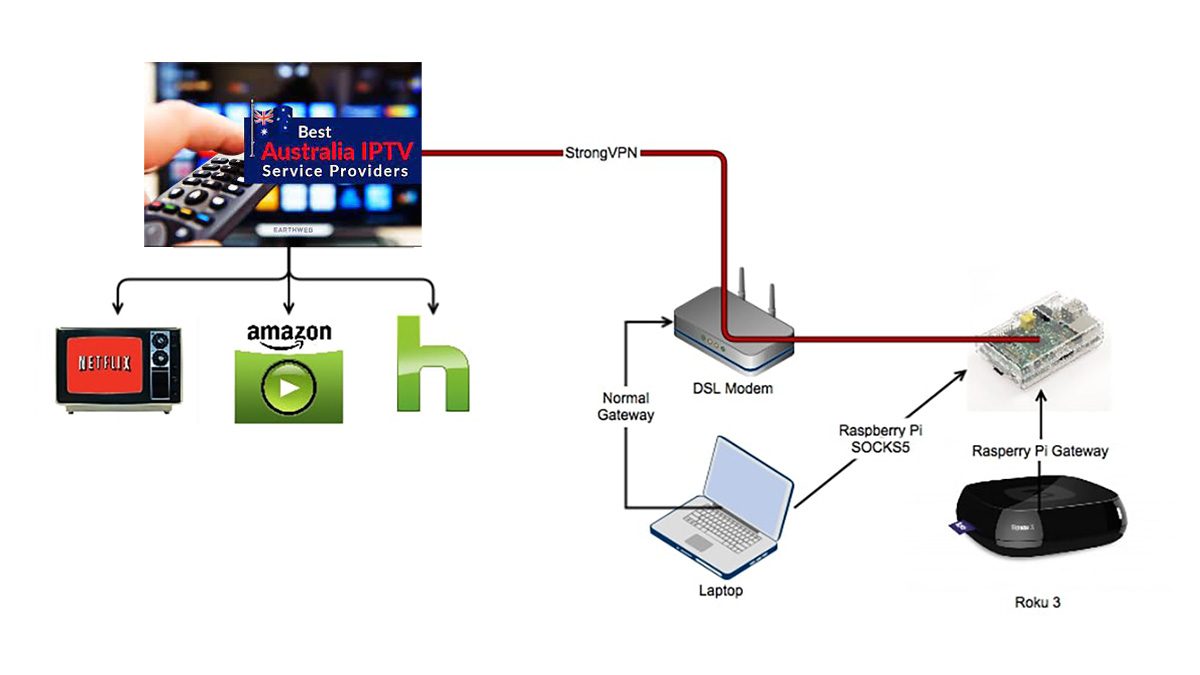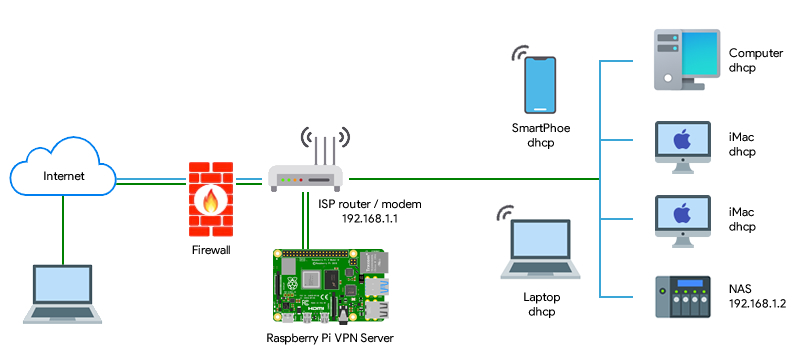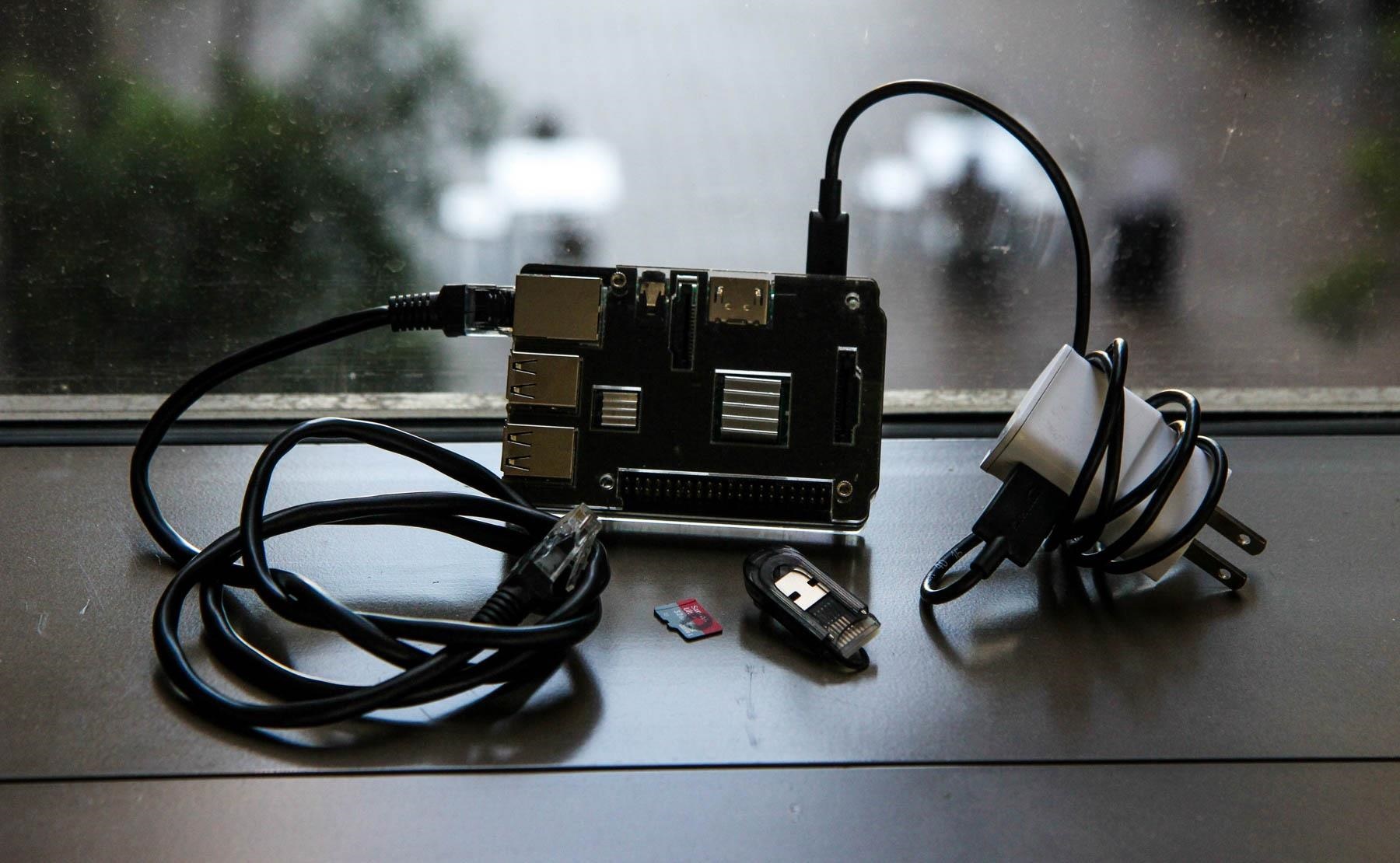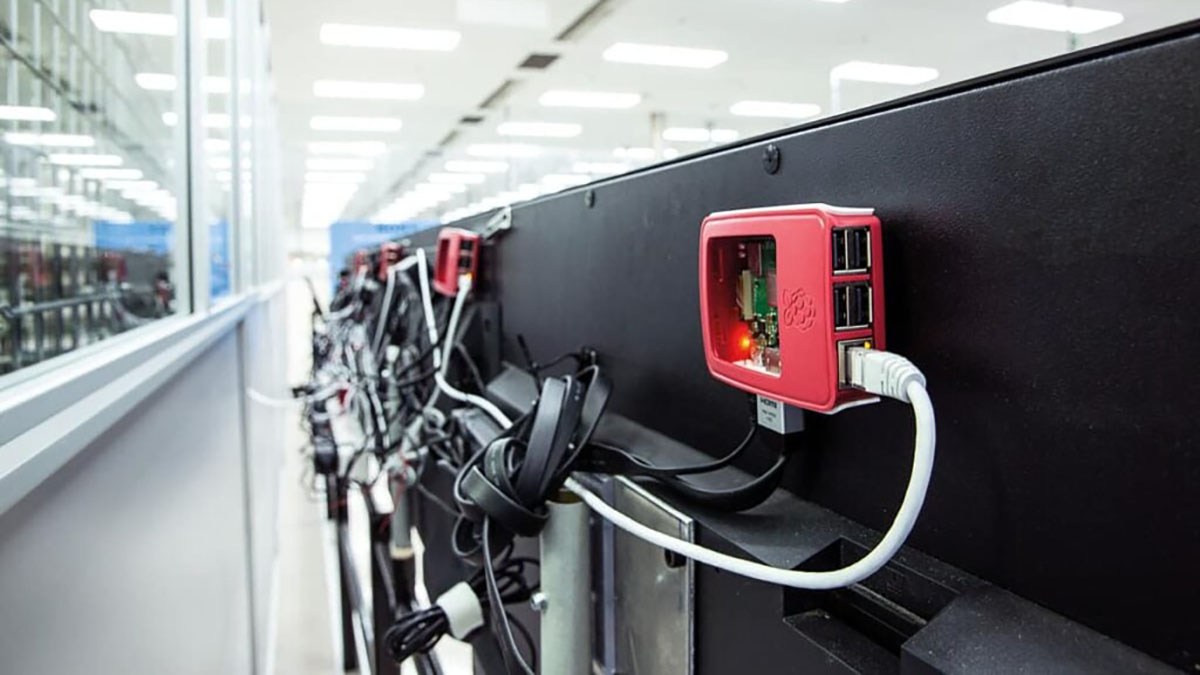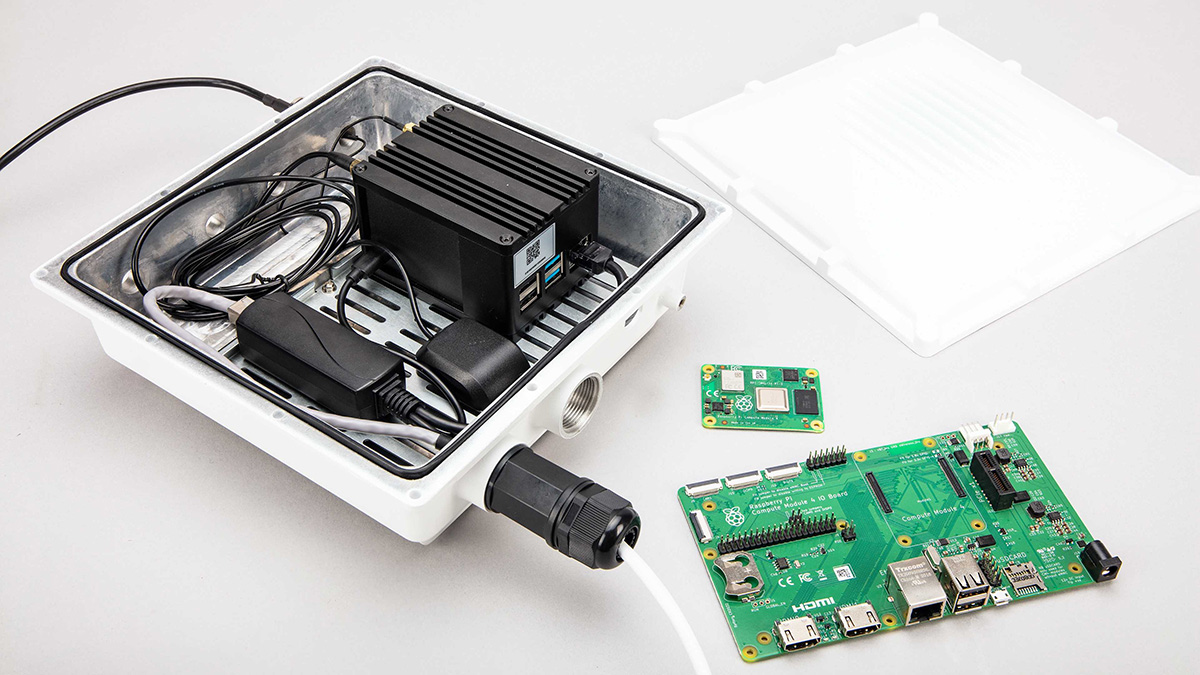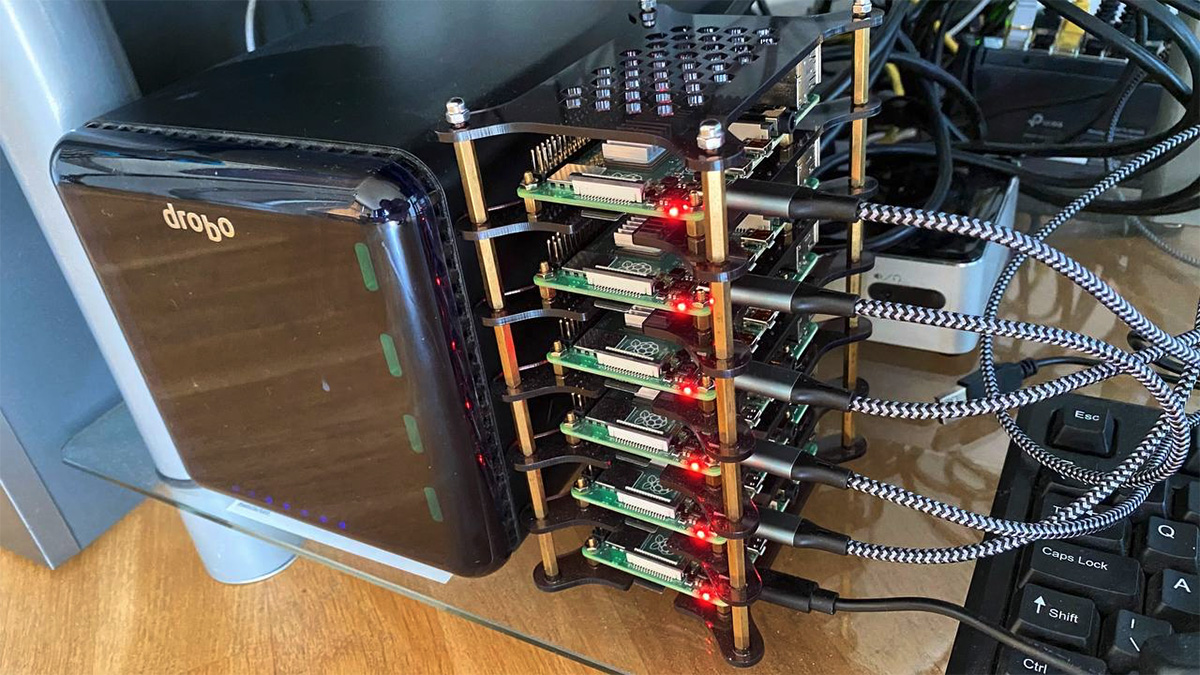Raspberry Pi 5 was recently announced and is now available for use. It has a significant increase in power compared to the previous Pi 4, and its stability and Debian Linux-based operating system provides a stable device with many uses, not just in the security, industrial and IoT realms.
In this article, we will discuss the Raspberry Pi 5’s new features and its benefits over previous models. We will also examine a few benchmarks to compare performance against other devices, such as the Intel N95/N100.
First of all, we will look at the new features that have been implemented in the Raspberry Pi 5. This device delivers more performance than ever before. Thanks to the upgraded CPU and RAM, the speed test shows it is up to 3x faster than its predecessor. Additionally, (featuring the new Raspberry Pi RP1 silicon for advanced I/O capabilities) also includes the following:
New Features
- 64-bit quad-core ARM Cortex-A76 processor (2.4 GHz)
- VideoCore VII GPU (800 MHz)
- 8 GB of LPDDR4X RAM (4267 MHz)
- Raspberry Pi silicon RP1 I/O controller chip
- Real-time clock
- On/off button
- PCIe 2.0
- UART connector
- Fan connector (Raspberry Pi 5 Uses)
Specifications
- Broadcom BCM2712 2.4GHz quad-core 64-bit Arm Cortex-A76 CPU, with cryptography extensions, 512KB per-core L2 caches and a 2MB shared L3 cache
- VideoCore VII GPU, supporting OpenGL ES 3.1, Vulkan 1.2
- Dual 4Kp60 HDMI® display output with HDR support
- 4Kp60 HEVC decoder
- LPDDR4X-4267 SDRAM (4GB and 8GB SKUs available at launch)
- Dual-band 802.11ac Wi-Fi®
- Bluetooth 5.0 / Bluetooth Low Energy (BLE)
- microSD card slot, with support for high-speed SDR104 mode
- 2 × USB 3.0 ports, supporting simultaneous 5Gbps operation
- 2 × USB 2.0 ports
- Gigabit Ethernet, with PoE+ support (requires separate PoE+ HAT)
- 2 × 4-lane MIPI camera/display transceivers
- PCIe 2.0 x1 interface for fast peripherals (requires separate M.2 HAT or other adapter)
- 5V/5A DC power via USB-C, with Power Delivery support
- Raspberry Pi standard 40-pin header
- Real-time clock (RTC), powered by an external battery
- Power button (Raspberry Pi 5 Uses)
Applications – Security (Raspberry Pi 5 Uses)
The Raspberry Pi 5 has many different applications and is regularly used not only in projects, education and learning but also in industry and security. To give you an idea of some of the applications where a Raspberry Pi 5 can be put to use, we will look at a few implementations within the security sector where the device is currently utilised.

Pi-Hole – Network Level Ad Blocker
Block your internet ads with a Pi-JHole device. Ad blockers can be installed on some devices, like laptops and phones, to protect yourself (and your sanity). But you can’t install an ad blocker on many smart devices, like TVs, refrigerators, toasters, and toilets.
Pi-hole simplifies ad blocking by operating at the network level instead of on individual devices. That way, you aren’t restricted by which devices can install an ad blocker; instead, you can protect devices on your network from ever accessing ads in the first place.
Pi-hole works beautifully because the ads are killed before they are downloaded, instead of being stripped after the download. More Raspberry Pi 5 Uses – keep reading.
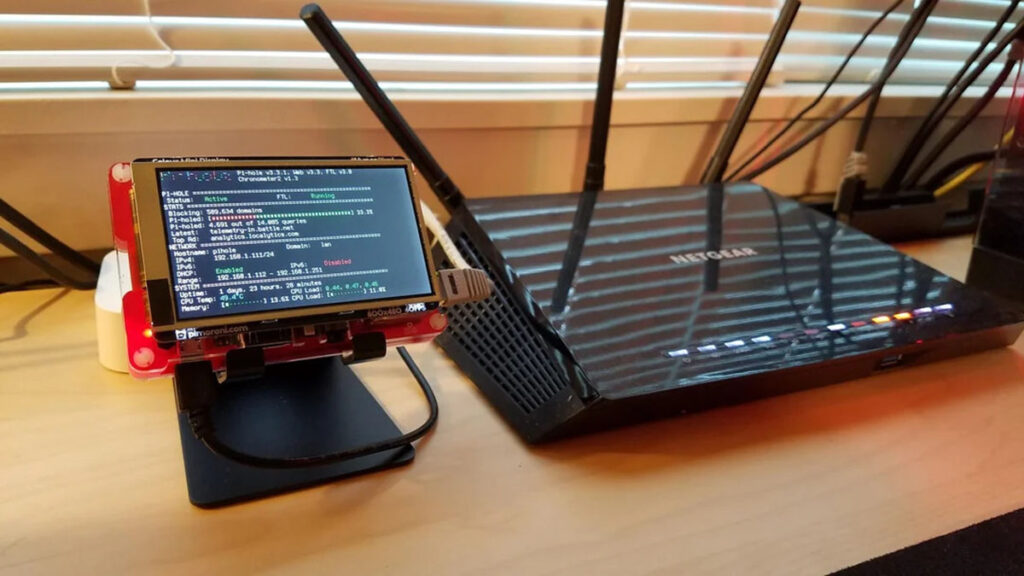
CIRClean USB Key Sanitiser
CIRCLean is an independent hardware solution for cleaning documents from untrusted USB sticks and devices that you have obtained from third parties. The device will convert untrusted documents automatically into a readable format and then store these changed clean files on a trusted (user-owned) USB key/stick.
SanItiSe USB devices before plugging them into your pc – totally air gapped.
The code runs on a Raspberry Pi 5, which is very important as it means the USB device is not required to be plugged directly into your computer or network. It ensures a full air-gap of safety between your computer and the potential threat.
Honeypot (HoneyPi) – Anti-Hacker Device
HoneyPi attempts to offer a reliable indicator of compromise with minimal setup or maintenance costs. There are many honeypot options, but the security industry groups have leveraged penetration testing to gain insight into Tactics, Techniques and Procedures (TTPs) that real-world attackers would use. They set out to answer the question: What some activities that could be flagged that would catch us when attacking an internal network?
That is why HoneyPi tries to keep it simple compared to other honeypots. HoneyPi only flags a few surefire triggers that would catch most attackers snooping around on an internal network:
- Port Scanning Activities
- FTP Connection Attempts
- Telnet Connection Attempts
- VNC Connection Attempts
A handy tool to have on a network that can basically implement a low-cost solution over a highly expensive firewall hardware device that does essentially a similar job, especially on smaller and home networks. The Raspberry Pi 5 uses are endless.
Pi-VPN – Keep Your IPTV Streams and Browsing Safe
Keep those prying eyes away from your IPTV and browsing; this device works at a network level to keep an active VPN alive – being that it is a hardware device, it ensures that the VPN is separated from any other network access, and it also acts as a kill switch in the event the VPN fails; but unlike other VPN’s, it guarantees the disconnect as it is air-gapped.
You can use it on your Kodi Box, Nvidia Shield or Roku to ensure your IPTV viewing remains private; being blocked at the gateway]; and totally logless.
Using a Raspberry Pi is a cheap way to set up a virtual private network (VPN) that can stay online 24/7 without consuming much power.
It’s small and powerful enough to handle a few connections at a time, making it great for private use at home.
VPNs are handy network tools that allow you to access encrypted and secure internet traffic even when using public Wi-Fi.
You can also use the device to connect to your own computer/network and access the home network remotely. It allows your other devices located outside your local network to act as if they were on the VPN server’s local network. Below are some VPN design ideas, real-world network architectures, and other Raspberry Pi 5 uses.
Raspberry Pi Explained in 100 Seconds
Frequently Asked Questions
Will older versions of Raspberry Pi OS work with Raspberry Pi 5?

They will not work; you will need the latest version of Raspberry Pi OS, Bookworm, for your Raspberry Pi 5.
Will my Raspberry Pi 4 power supply work with Raspberry Pi 5?

It is best to upgrade the power supply if possible. Raspberry Pi 5 is a higher-performance computer than Raspberry Pi 4, and you may have problems using an underpowered supply. We recommend a high-quality 5V 5A USB-C power supply, such as the new Raspberry Pi 27W USB-C Power Supply.
Will my Raspberry Pi 5 fit my Raspberry Pi 4 case?

Raspberry Pi 5 won’t fit the Raspberry Pi 4 Case. We recommend the Raspberry Pi Case for Raspberry Pi 5, designed to help you get the most out of our newest computer.
Does Raspberry Pi 5 need active cooling?
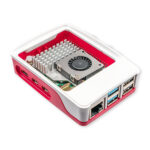
Raspberry Pi 5 is faster and more powerful than prior-generation Raspberry Pis, and like most general-purpose computers, it will perform best with active cooling. The Raspberry Pi Case for Raspberry Pi 5, with its integrated fan, is one way to provide this.
There are plenty more Raspberry Pi 5 uses and use cases for one of these mini devices. We will be posting some How To’s later on, which explain the steps to make one of these yourself. We will keep you posted. In the meantime, please check out our other IT related stories here, and remember to also keep updated with the latest security news on SEN news here.
“Using a Raspberry Pi is a cheap way to set up a virtual private network (VPN) that can stay online 24/7 without consuming much power”





